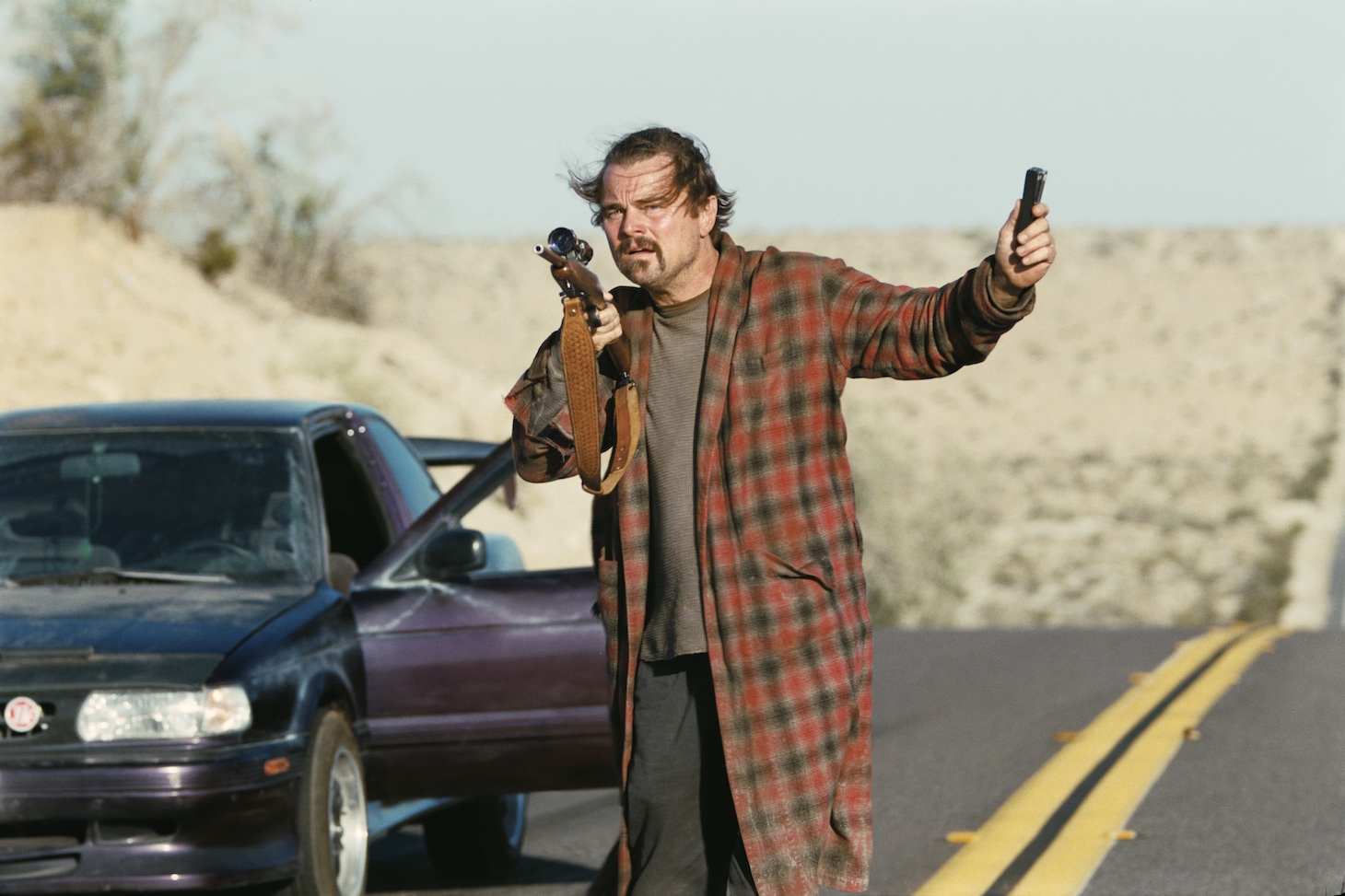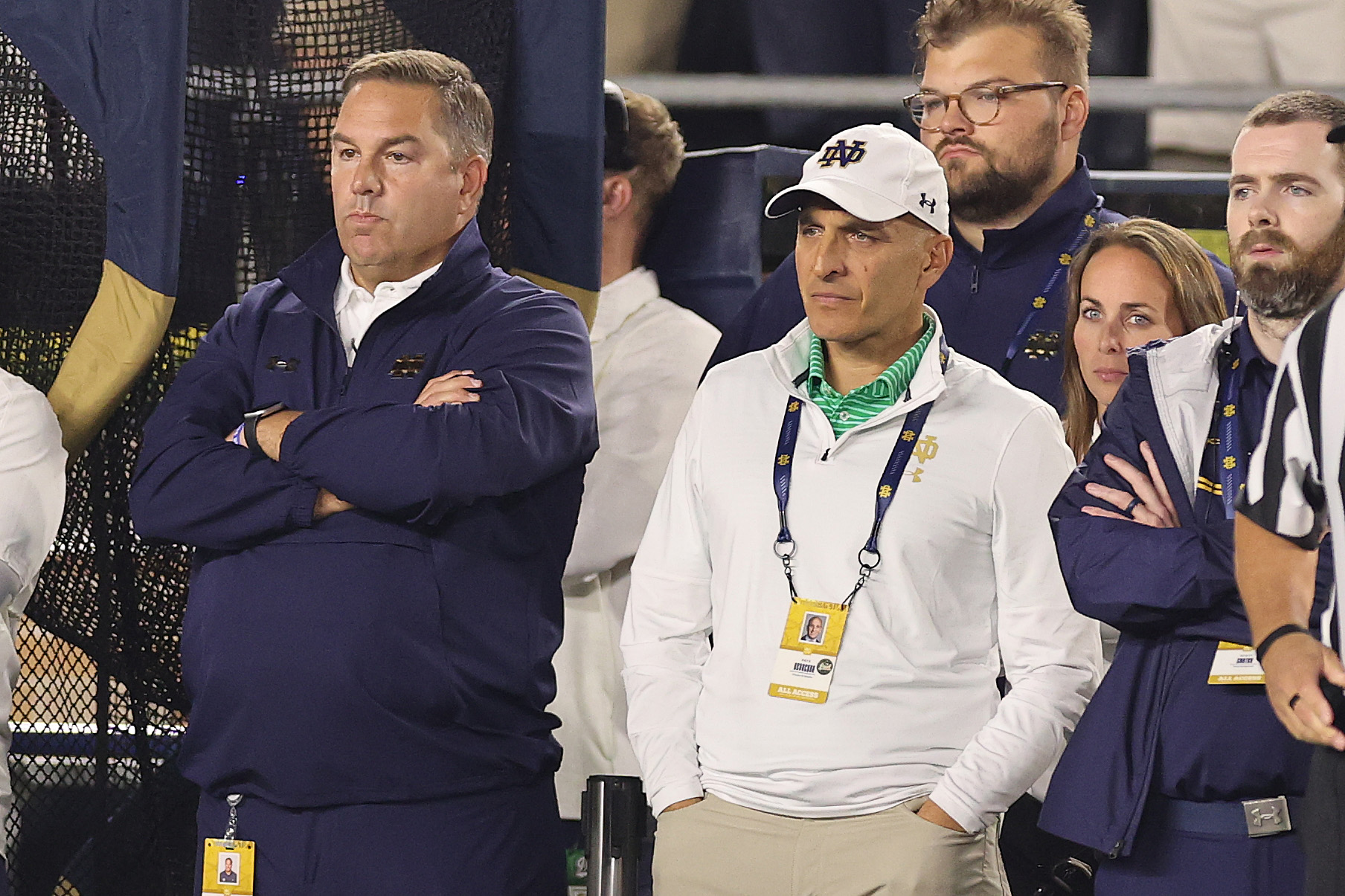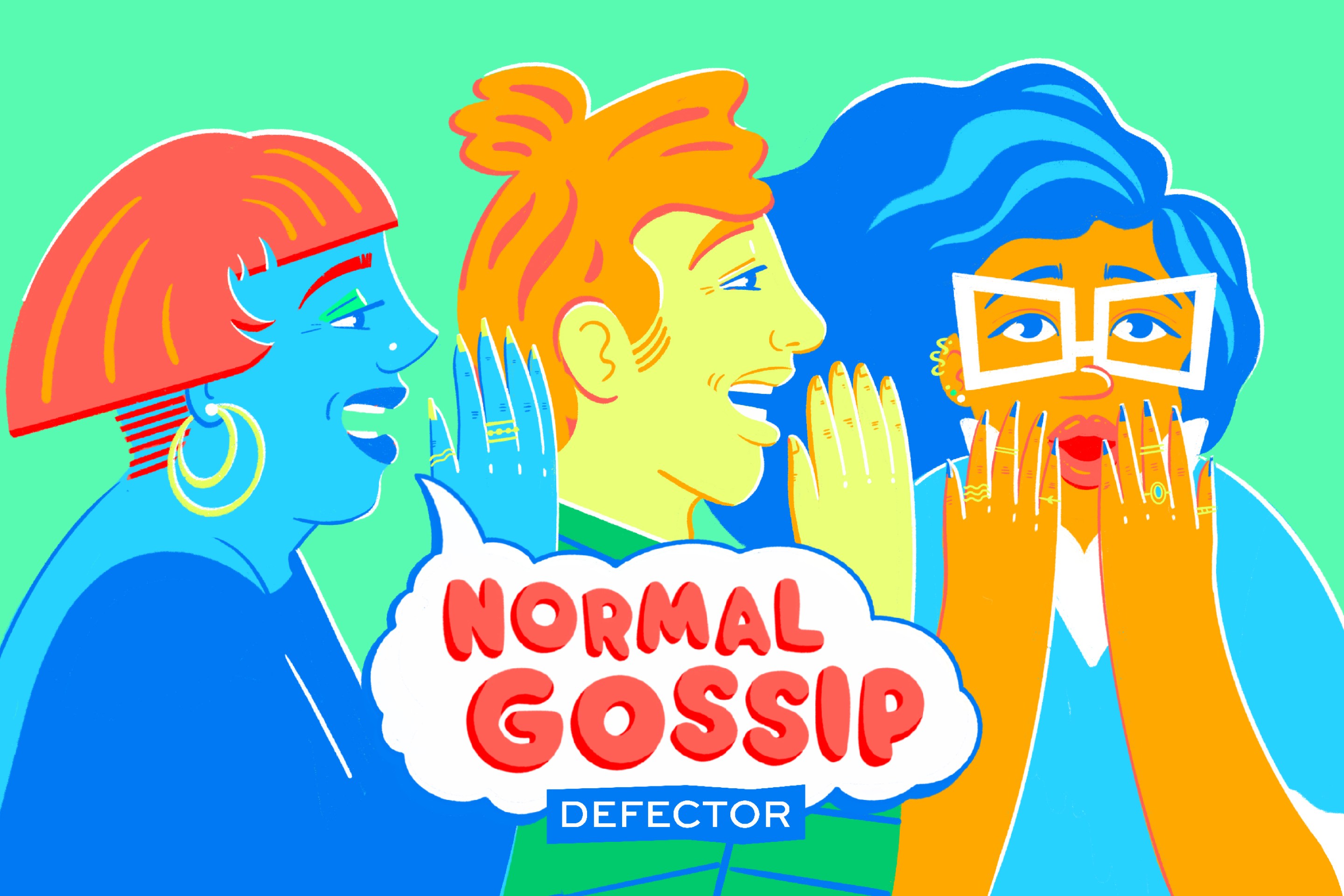To paraphrase the late, great Prodigy, there are wars going on outside no one is safe from. They are cultural, political, racial, class-based, and literal. It’s increasingly difficult to shake the feeling that across multiple fronts, I’m on the losing team. It is equally difficult not to be overcome by the anxiety that these battles might be marching through my neighborhood and up to my front door any day now.
In an effort to preserve my sanity, I made the decision to “unplug” a couple weeks back—no news, no social media updates of egregious political dereliction and moral turpitude. My best friend since age 13 visited from Hawaii for my birthday, and we set about immersing ourselves in art. We started with a trip to the Carnegie Museum of Art on Saturday morning, where we were immediately greeted by white banners hanging ceiling to floor, one of which declared:
I DEMAND THE
MUSEUM TO
WELCOME
MY SMELL
MY NOISE MY
INADEQUACY
AND MY
STRUGGLE
It was especially grim to see such a sign, part of an installation that went up in 2023, given that the museum had recently been accused by members and employees of violating its own policy of political neutrality when it recently hosted a private fundraiser for a Republican politician. That was around the time President Trump attended an AI and energy summit down the street from the museum, at one of the local campuses. Messages of the sort expressed on the banner, always subversive in presentation while vacuous in rhetoric, are now perversely antiquated to boot. Relative to the social and political reality of 2025, they appear like the saddest markers of capitulation: near-literal white flags.
It’s a tall task to make a point if no one can read the room. Maybe, these days, no one can even identify the contours of the room. In the museum this recent Saturday, the art seemed secondary, the political messaging rang hollow, and the ticket was non-refundable. I was left with the awful feeling that accompanies observing someone in a fight they’ve already lost, like watching one of those morbid clips of a dazed boxer, throwing limp punches out of muscle memory, his eyes closing as his body descends to the canvas.
That evening, I went to see Paul Thomas Anderson’s One Battle After Another, which is a technically sharp and well-paced film that has a Donald Glover "This Is America" aesthetic/spirit: It's about so much and so little at once that it becomes a study in a politic of radical posture with built-in plausible deniability. This allows the movie to take credit for whatever meaning its advocates project upon it, and rebut whatever criticism its detractors articulate with Sorry for your hard-on—what is it you needed from this film?
It’s a peculiar movie. Its tone is too serious to be satirical, its plotting too dull to be an action movie, its story too incomplete and lacking in heart to be a drama. The sharpest tension in the movie comes less from its characters and plot than from the director's ideas about race and activism, which range from inscrutable to facile to puerile. Anderson gives short shrift to the history of radical politics and movements, and because the script significantly veers from the source material, there really is no coherent historical period or movement being invoked. As a result, the first chunk of the film is too anachronistic to be a satire of today’s society, which can't be neatly glossed over by declaring it “loosely based” on Thomas Pynchon's Vineland. Pynchon explored the dismal hangover of revolution and societal upheaval, and the subsequent seduction of hyper-consumerist capitalism during a specific, linear timeline. Anderson’s counterculture rebels sport the duplicitous spirit of the recent managerial class of activists, but borrow from the bold actions of the Weather Underground and the Black Panthers. The movie's radicals are self-involved and aimless, seeking metaphorical and literal orgasms via violence and mutual fetish. They are characters plucked from the '70s, washed/dried/dyed in 2022, then moved to 2025 to provide contrast and commentary neither they nor the film has earned.
None of the characters are developed enough to bear the weight of an epic journey, and as satire the film feels less Dr. Strangelove than Dr. Umar. The film's humor is reminiscent of the lamentable period when Sarah Cooper was being feted as a genius for performing off-putting lip-syncing routines of Donald Trump. This sort of satire doesn’t play in a world that is post-parody. The president is promoting medbeds. I just saw a steak on Uber Eats that was $72, and that was before the multitude of fees. Our reality is self-lampooning.
The racial politics of One Battle After Another are a mess. The director’s fixation on black women quickly becomes embarrassingly psychosexual—and, given their relatively meager screentime, unserious and exploitative. The image of Teyana Taylor shooting a machine gun with her pregnant belly on display will be lodged in my mind for a long time, and that’s not a compliment. It’s probably past time we stop invoking “the ancestors” to characterize our performances in regressive productions, and re-familiarize ourselves with what they actually stood for and sacrificed.
There is nary a black man to be found for very long, or to any purpose. Wood Harris’s considerable talent and presence are wasted on little more than a kiss with a white woman, accompanied by a cringey one-liner. The black characters are snitches, insubstantial, and/or quickly dead, the notable exception being Regina Hall, who is wonderful in the rare moments she’s onscreen. The film ultimately devolves into a battle between two white men: one a hapless caricature of an inept, burnt-out progressive, the other a caricature of a fascist with a cracker pimp-walk, desperate to belong to a white-supremacist secret society with the inside-joke initials of CAC. All hope rests on the shoulders of a mixed-race female karate kid raised by the former, created in part by the latter. A Native American bounty hunter has an unexplained epiphany and liberates the spawn of the CAC candidate and the dominatrix snitch, so she might show us how activism should be done in the future. Well, fuck me running.
Because of the messiness of the racial politics, One Battle After Another functions as a hybrid of Rorschach test and rage bait, providing heavy-handed symbols of contemporary social and political ideologies, with nebulous insights underpinning them, while also providing ammunition for the insufferable intraracial gender wars. The black manosphere can view the film as an indictment of “bed-wenches.” The weirdo sect of “divestors” gets an affirmation of white desire and validation of being not only sexually dominant, but leaders of a movement. The sensible among us are left to suffer lines like “This pussy don't pop for you,” which pulled me out of the film and back to the time when strait-laced white women were perpetually tweeting about the novelty and empowerment of “WAP.” Or maybe we’re left to contemplate why the gun-toting militants kill only one person onscreen: a black security guard. There’s a longstanding joke about black people dying early in films, but I’m always struck by how taboo it is, in a genre marked by wanton violence, for a black person to kill a white person in an action flick.
I spoke at length about the film with culture writer Shamira Ibrahim, because she’s always sharp and probing in her thinking, and I needed to know if I was losing my mind, given the universal praise lavished on a film I found so frivolous. Shamira watched the movie at the AMC in New York's Upper West Side, among an overwhelmingly white audience.
"Something I realize white audiences do when they watch films situated around racial spectacle: at any moment of discomfort, they just laugh. There might not even be any humor choreographed on screen, but they don’t know how to react except laughing," Shamira said. "Where is the joke? And who is the joke on? I had to do so much active work during the first 40 minutes of the film—which felt unintentionally farcical to me—to understand what he was telegraphing: people sublimating traumas into trying to push revolutionary movements but disconnected from the principles of it, so they only produce chaos. But it feels toothless, aimless, and hackneyed—it felt like I was being laughed at. That it came out the same day we learned of Assata Shakur’s death was a gut punch. You can’t work the revolution for humor if you don’t have a genuine understanding of it."
My ultimate assessment of the film: It was a bad movie, expertly made. That it was well-made is a product of its budget and a director with the technical acumen to apply sheen, especially when so well-funded. Anderson has a practiced talent of pace and structure, and it makes sense so many reviewers have dubbed this an "American epic," because it looks and plays like one, even if it lacks the essential heart and soul of one. It reminds me of the brand of prank/social experiment in which someone sets up a fake gourmet restaurant, where they serve pedestrian takeout carefully organized on fancy dishware to resemble high cuisine. The specific iteration I recall involved the manipulation of Yelp reviews the way Hollywood depends on the inclination toward boosterism that marks modern film criticism: predisposing the diners to err on the side of praise.
But putting aside One Battle After Another’s shortcomings, what most intrigues me is how the movie has been discussed. Across the glowing reviews, you'll notice a few consistent through lines: the reinforcement of art's value interpreted through a purely economic lens (the movie's big budget itself seen as a victory, since it isn't a comic book movie); the reading of any vaguely liberal message as profound and worth celebrating; and a titillation provided by the tired politics of representation and the predictable podcast discourse that follows. This sort of art, like the museum banner, is an extension of our incoherence and desperation sold back to us as its cure. We validate it to reassure ourselves.
My unsatisfying experience with the film and the discourse around it threw me against myself: What is it you want from art? From politics? Those questions chased me back to a sneakily brilliant short story by Nam Le, "Love and Honour and Pity and Pride and Compassion and Sacrifice..." On the surface, it’s metafiction, a mournful retrospective account of a son receiving his father’s visit in Iowa while he's on a grad-school deadline. But beneath that is a sharp meditation on inherited trauma, art by and about marginalized populations, the dangers of catering to a white audience, the question of whose story belongs to whom, and the ethics of fiction. Over the years, Le's story became a favorite of mine to teach. The title alludes to William Faulkner's verities of fiction, as asserted in his Nobel Prize speech: the enduring human qualities of compassion, sacrifice, honor, pride, and perseverance that imbue all art, and human life, with meaning.
I still had Faulkner’s verities in mind the next day while watching You Won’t Be Alone, a foreign horror film from 2022, set in Macedonia, and no doubt made on a minimal budget. It’s a straightforward, philosophical, slow-burn meditation on existence, perspective, and mortality. A child is cursed by a witch to grow up without the ability to speak, then to lose her humanity altogether during her teenage years and live life as a witch herself. Yet she never abandons her desire to observe humanity, to experience the human condition even in her cursed form, as a mute outcast, at risk of death. The film is poetic at turns, and unexpectedly moving. The protagonist’s salvation lies in cultivating the ability to access the human condition through years of trial and error, and to feel the strange and cathartic beauty of grief—an awful but pure feeling that clarifies love. The heroic witch reflects: "It's a burning, hurting thing, this world. A biting, retching thing."
It doesn’t take so much to make good art, really. Mostly it takes heart and honesty—a healthy dose of Faulkner’s verities and a keen imagination. Obviously, that mysterious quality we call talent is another key and immeasurable element. And maybe it takes a genuine grief for this burning, hurting thing we call life. I think that’s what gets lost in the shuffle of unsatisfying discourse around these hyped, souped-up movies like One Battle After Another—they’re short on the verities. Spectacle is favored over compassion. I suspect those who lord over our institutions of art and culture—museums, universities, publishing houses, movie studios—find it difficult to wrestle with any meaning separate from themselves. How can you assess the villainy of our moment when you just might be a villain in your own narrative of social justice? They’re articulating an incoherent, imaginary politic that speaks to an unreality, then awarding themselves for it. Emilia Perez comes to mind.
There was something particularly unsettling about the banners in the museum that dovetailed with the rote symbolism and ahistorical relativism in One Battle After Another. On the backstretch of 2025, it portends profound losses in the battles that loom on the horizon. Where we need honest self-assessment and bold political imagination, we are still passing off posturing as revolt, empty measures as countermeasures. In that sense, Anderson’s film does capture our moment: To date, we've proven incapable of rising to meet it. We haven’t even found the language or self-awareness to name it. We can’t begin to imagine what collective resistance looks like, or what shape communal support in the face of economic collapse might take.
It struck me, in the wake of attending the local No Kings protest recently, that decades have been spent replacing collective, mass movement with the impotent and fundamentally capitalist politics of representation and empty symbolism. The March on Washington evolved out of black labor and economic strikes; I grew up with the antagonistic ghosts of the '60s and '70s still floating over the '80s. People my age are a product of consumer culture, but we resisted the framework of it. Now, in place of resistance, there's a self-centered defiance. The approach to revolt is ahistorical and narcissistic, oppositional rather than communal, like the "Detroit vs. Everybody" shirts writ large. At the protest, while staring at a woman in a shirt that read "ICE CAN GARGLE MY BALLS" and watching people in inflatable costumes do some sort of line dance, I was bulldozed by the sense that we are steeped in a moment of financial, racial, political and artistic nihilism.
Early in One Battle After Another, Teyana Taylor turns to Leonardo DiCaprio and suggests, "Let's fuck while the bombs go off." But no amount of fetish or spectacle will save us. Neither will the banners or the empty mantras of yesteryear. The lawn signs and T-shirts were always oblique confessions of impotence and an unwillingness to make tangible sacrifices in service of the future. There’s a 60-foot mural on the side of a parking garage in Iowa City—a place dear to my heart—that encourages: "WEAPONIZE YOUR PRIVILEGE TO SAVE BLACK BODIES." This past September, four years after the mural went up, ICE walked into a popular downtown market blocks away and removed a Colombian immigrant from his job with relative ease.






